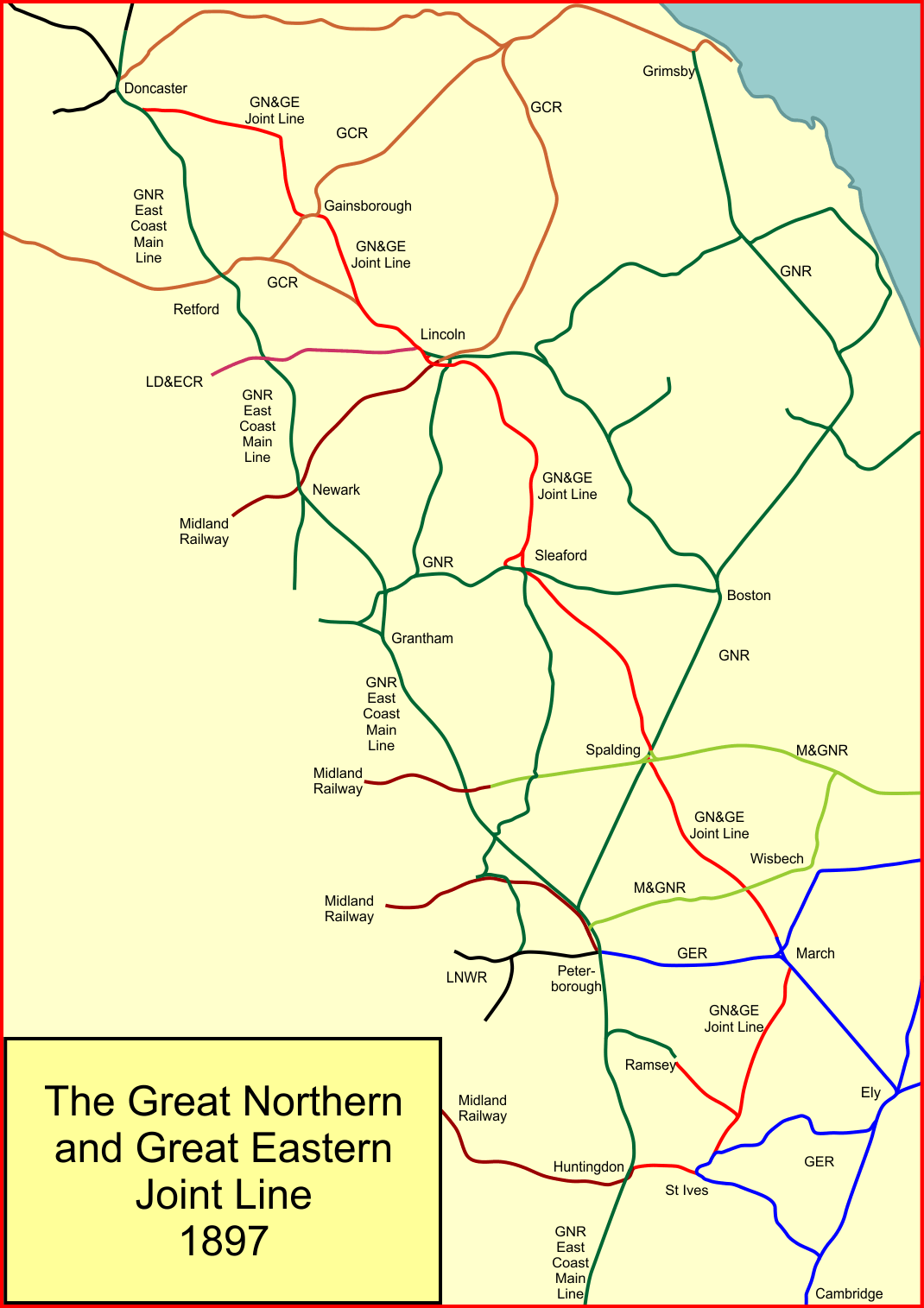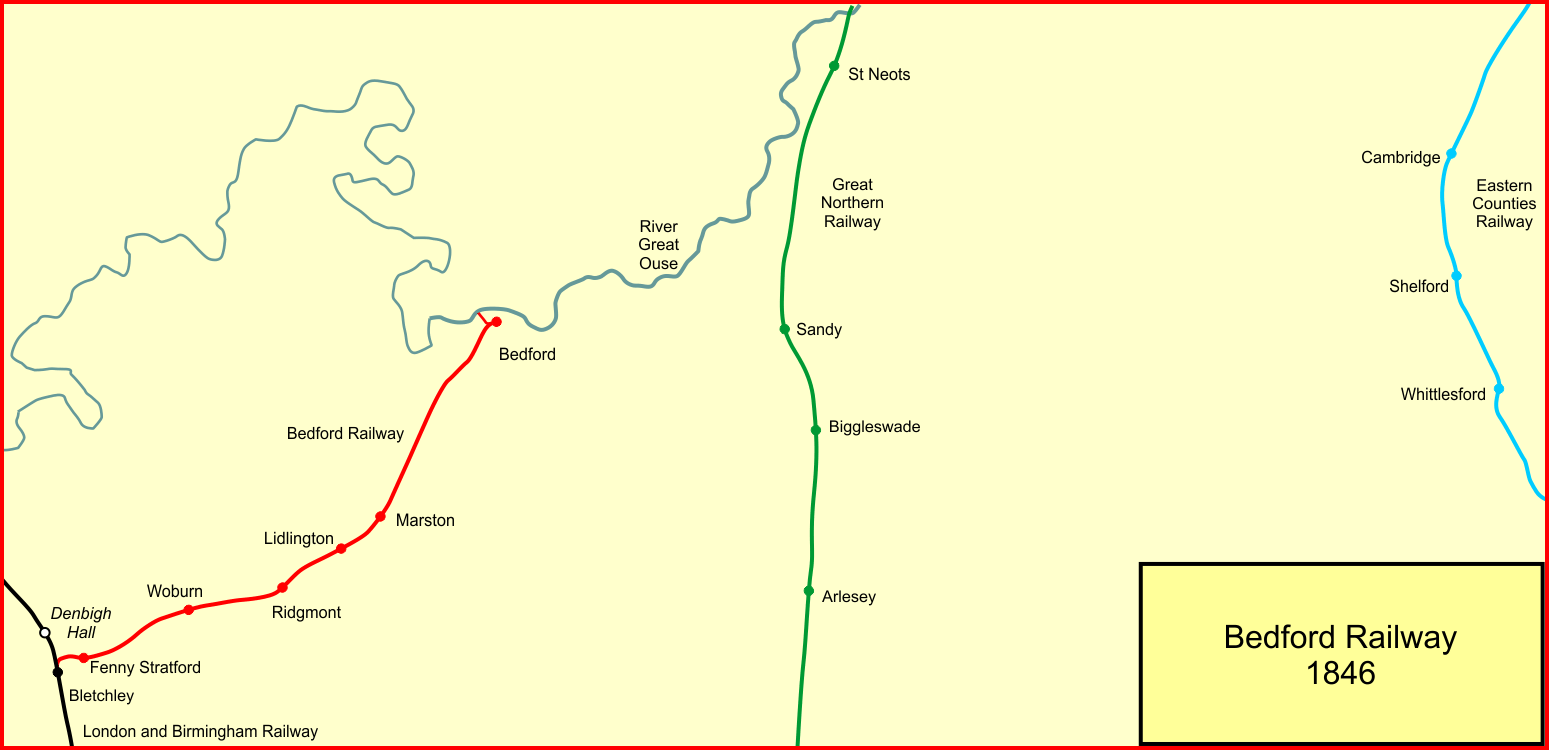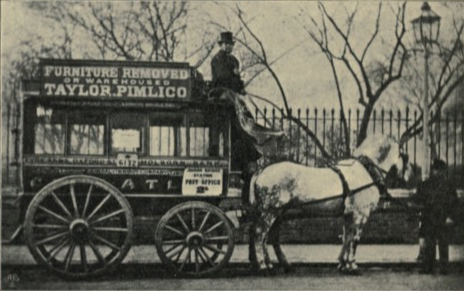|
Cambridge Railway Station
Cambridge railway station is the principal station serving the city of Cambridge in the east of England. It stands at the end of Station Road, south-east of the city centre. It is the northern terminus of the West Anglia Main Line, down the line from London Liverpool Street, the southern terminus. The station is managed by Greater Anglia. It is one of two railway stations in the city (the other being , approximately away). Cambridge is noted for having the third-longest platform on the network in England. Cambridge is also the terminus of three secondary routes: the Fen line to , the Breckland line to and the Ipswich–Ely line to . It is the thirteenth busiest station in the UK outside London. History Up to 1923 In 1822, the first survey for a railway line in the Cambridge area was made and, in the 1820s and 1830s, a number of other surveys were undertaken none of which came to fruition although the Northern and Eastern Railway had opened up a line as far as Bish ... [...More Info...] [...Related Items...] OR: [Wikipedia] [Google] [Baidu] |
Cambridge
Cambridge ( ) is a College town, university city and the county town in Cambridgeshire, England. It is located on the River Cam approximately north of London. As of the 2021 United Kingdom census, the population of Cambridge was 145,700. Cambridge became an important trading centre during the Roman and Viking ages, and there is archaeological evidence of settlement in the area as early as the Bronze Age. The first Town charter#Municipal charters, town charters were granted in the 12th century, although modern city status was not officially conferred until 1951. The city is most famous as the home of the University of Cambridge, which was founded in 1209 and consistently ranks among the best universities in the world. The buildings of the university include King's College Chapel, Cambridge, King's College Chapel, Cavendish Laboratory, and the Cambridge University Library, one of the largest legal deposit libraries in the world. The city's skyline is dominated by several Colleg ... [...More Info...] [...Related Items...] OR: [Wikipedia] [Google] [Baidu] |
Railway Stations In Newmarket
Newmarket railway station serves the town of Newmarket, in Suffolk, England. All trains serving it are operated by Abellio owned Greater Anglia. Following the sale of the station building for offices by Network Rail in 2011, plans were underway to build a new station building following complaints from local residents. Some improvements were made in 2016. The first railway station in Newmarket opened in 1848 as the terminus of the Newmarket and Chesterford Railway. This station was extended with a new island platform and opened along with the new Newmarket to Ely line in 1879. Newmarket Warren Hill station, built by the Great Eastern Railway specifically for race traffic, opened six years later and closing just after the Second World War. The original station was replaced by a new structure in 1902 and a much reduced facility on this site remains in use today. History Newmarket (1848 station) Description The original Newmarket Station was built by the Newmarket and Ch ... [...More Info...] [...Related Items...] OR: [Wikipedia] [Google] [Baidu] |
Mildenhall Railway Station
Mildenhall railway station is a disused railway station that was the terminus of the closed Cambridge to Mildenhall railway. It served the market town of Mildenhall, Suffolk Mildenhall is a market town and civil parish in Suffolk, England. The town is near the A11 and is located north-west of Ipswich, the county town.Ordnance Survey (2006). ''OS Explorer Map 226 - Ely & Newmarket''. . The large Royal Air Force stati ..., and closed for passengers in 1962. The station building is now a private residence and the goods shed to the west of the station has been used by local businesses for storage and other purposes. References External links * Mildenhall station on navigable 1946 O. S. mapMildenhall at Disused Stations Disused railway stations in Suffolk Former Great Eastern Railway stations Railway stations in Great Britain opened in 1885 Railway stations in Great Britain closed in 1962 {{EastEngland-railstation-stub ... [...More Info...] [...Related Items...] OR: [Wikipedia] [Google] [Baidu] |
Great Northern And Great Eastern Joint Railway
The Great Northern and Great Eastern Joint Railway, colloquially referred to as "the Joint Line"''Joint Line Joy'', in the Railway Magazine, June 2015 was a railway line connecting Doncaster and Lincoln with March and Huntingdon in the eastern counties of England. It was owned jointly by the Great Northern Railway (GNR) and the Great Eastern Railway (GER). It was formed by transferring certain route sections from the parent companies, and by the construction of a new route between Spalding and Lincoln, and a number of short spurs and connections. It was controlled by a Joint Committee, and the owning companies operated their own trains with their own rolling stock. The Joint Line amounted to nearly of route. The motivation for its formation was chiefly the desire of the GER to get direct access to the coalfields of South Yorkshire and elsewhere, and the wish of the GNR to discourage more ambitious incursion by the GER into its own territory, as well as the provision of relief ... [...More Info...] [...Related Items...] OR: [Wikipedia] [Google] [Baidu] |
Great Northern Railway (Great Britain)
The Great Northern Railway (GNR) was a British railway company incorporated in 1846 with the object of building a line from London to York. It quickly saw that seizing control of territory was key to development, and it acquired, or took leases of, many local railways, whether actually built or not. In so doing, it overextended itself financially. Nevertheless, it succeeded in reaching into the coalfields of Nottinghamshire, Derbyshire and Yorkshire, as well as establishing dominance in Lincolnshire and north London. Bringing coal south to London was dominant, but general agricultural business, and short- and long-distance passenger traffic, were important activities too. Its fast passenger express trains captured the public imagination, and its Chief Mechanical Engineer Nigel Gresley became a celebrity. Anglo-Scottish travel on the East Coast Main Line became commercially important; the GNR controlled the line from London to Doncaster and allied itself with the North Ea ... [...More Info...] [...Related Items...] OR: [Wikipedia] [Google] [Baidu] |
Midland Railway
The Midland Railway (MR) was a railway company in the United Kingdom from 1844. The Midland was one of the largest railway companies in Britain in the early 20th century, and the largest employer in Derby, where it had its headquarters. It amalgamated with several other railways to create the London, Midland and Scottish Railway at grouping in 1922. The Midland had a large network of lines emanating from Derby, stretching to London St Pancras, Manchester, Carlisle, Birmingham, and the South West. It expanded as much through acquisitions as by building its own lines. It also operated ships from Heysham in Lancashire to Douglas and Belfast. A large amount of the Midland's infrastructure remains in use and visible, such as the Midland main line and the Settle–Carlisle line, and some of its railway hotels still bear the name '' Midland Hotel''. History Origins The Midland Railway originated from 1832 in Leicestershire / Nottinghamshire, with the purpose of serving the ne ... [...More Info...] [...Related Items...] OR: [Wikipedia] [Google] [Baidu] |
University Of Cambridge
The University of Cambridge is a public collegiate research university in Cambridge, England. Founded in 1209 and granted a royal charter by Henry III in 1231, Cambridge is the world's third oldest surviving university and one of its most prestigious, currently ranked second-best in the world and the best in Europe by '' QS World University Rankings''. Among the university's most notable alumni are 11 Fields Medalists, seven Turing Award winners, 47 heads of state, 14 British prime ministers, 194 Olympic medal-winning athletes,All Known Cambridge Olympians . ''Hawks Club''. Retrieved 17 May 2019. and some of world history's most transformational and iconic figures across disciplines, including [...More Info...] [...Related Items...] OR: [Wikipedia] [Google] [Baidu] |
Great Eastern Railway
The Great Eastern Railway (GER) was a pre-grouping British railway company, whose main line linked London Liverpool Street to Norwich and which had other lines through East Anglia. The company was grouped into the London and North Eastern Railway in 1923. Formed in 1862 after the amalgamation of the Eastern Counties Railway and several other smaller railway companies the GER served Cambridge, Chelmsford, Colchester, Great Yarmouth, Ipswich, King's Lynn, Lowestoft, Norwich, Southend-on-Sea (opened by the GER in 1889), and East Anglian seaside resorts such as Hunstanton (whose prosperity was largely a result of the GER's line being built) and Cromer. It also served a suburban area, including Enfield, Chingford, Loughton and Ilford. This suburban network was, in the early 20th century, the busiest steam-hauled commuter system in the world. The majority of the Great Eastern's locomotives and rolling stock were built at Stratford Works, part of which was on the site of ... [...More Info...] [...Related Items...] OR: [Wikipedia] [Google] [Baidu] |
Varsity Line
The Varsity Line (or the Oxford to Cambridge railway line) was the main railway route that once linked the English university cities of Oxford and Cambridge, operated by the London and North Western Railway. During World War II the line was adopted as a strategic route for freight avoiding London, and additional connections were made to nearby lines to improve the utility of the route. Despite that, the route was not greatly used for its intended purpose. After the war, the line was again scheduled to be developed as a strategic route, but that scheme was never fully implemented either. Passenger services were withdrawn from most of the line on 1 January 1968, and only the Bletchley–Bedford section remained open for passenger traffic. In 1987, the section between Oxford and Bicester was reopened, followed in 2015 by a connection to the Chiltern Main Line at Bicester, enabling Chiltern Railways to operate an Oxford to London passenger service. There are funded plans for ... [...More Info...] [...Related Items...] OR: [Wikipedia] [Google] [Baidu] |
London & North Western Railway
The London and North Western Railway (LNWR, L&NWR) was a British railway company between 1846 and 1922. In the late 19th century, the L&NWR was the largest joint stock company in the United Kingdom. In 1923, it became a constituent of the London, Midland and Scottish (LMS) railway, and, in 1948, the London Midland Region of British Railways: the LNWR is effectively an ancestor of today's West Coast Main Line. History The company was formed on 16 July 1846 by the amalgamation of the Grand Junction Railway, London and Birmingham Railway and the Manchester and Birmingham Railway. This move was prompted, in part, by the Great Western Railway's plans for a railway north from Oxford to Birmingham. The company initially had a network of approximately , connecting London with Birmingham, Crewe, Chester, Liverpool and Manchester. The headquarters were at Euston railway station. As traffic increased, it was greatly expanded with the opening in 1849 of the Great Hall, designed by Ph ... [...More Info...] [...Related Items...] OR: [Wikipedia] [Google] [Baidu] |
Bedford And Cambridge Railway
The Varsity Line (or the Oxford to Cambridge railway line) was the main railway route that once linked the English university cities of Oxford and Cambridge, operated by the London and North Western Railway. During World War II the line was adopted as a strategic route for freight avoiding London, and additional connections were made to nearby lines to improve the utility of the route. Despite that, the route was not greatly used for its intended purpose. After the war, the line was again scheduled to be developed as a strategic route, but that scheme was never fully implemented either. Passenger services were withdrawn from most of the line on 1 January 1968, and only the Bletchley–Bedford section remained open for passenger traffic. In 1987, the section between Oxford and Bicester was reopened, followed in 2015 by a connection to the Chiltern Main Line at Bicester, enabling Chiltern Railways to operate an Oxford to London passenger service. There are funded plans for the ... [...More Info...] [...Related Items...] OR: [Wikipedia] [Google] [Baidu] |
Horsebus
A horse-bus or horse-drawn omnibus was a large, enclosed, and sprung horse-drawn vehicle used for passenger transport before the introduction of motor vehicles. It was mainly used in the late 19th century in both the United States and Europe, and was one of the most common means of transportation in cities. In a typical arrangement, two wooden benches along the sides of the passenger cabin held several sitting passengers facing each other. The driver sat on a separate, front-facing bench, typically in an elevated position outside the passengers' enclosed cabin. In the main age of horse buses, many of them were double-decker buses. On the upper deck, which was uncovered, the longitudinal benches were arranged back to back. Similar, if smaller, vehicles were often maintained at country houses (and by some hotels and railway companies) to convey servants and luggage to and from the railway station. Especially popular around 1870–1900, these vehicles were known as a 'private ... [...More Info...] [...Related Items...] OR: [Wikipedia] [Google] [Baidu] |
.jpg)








